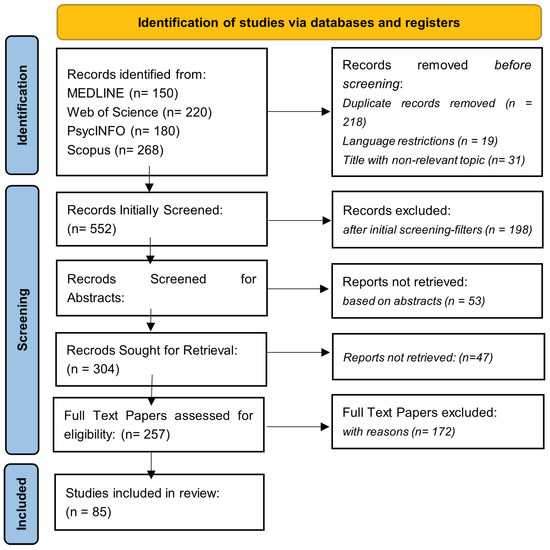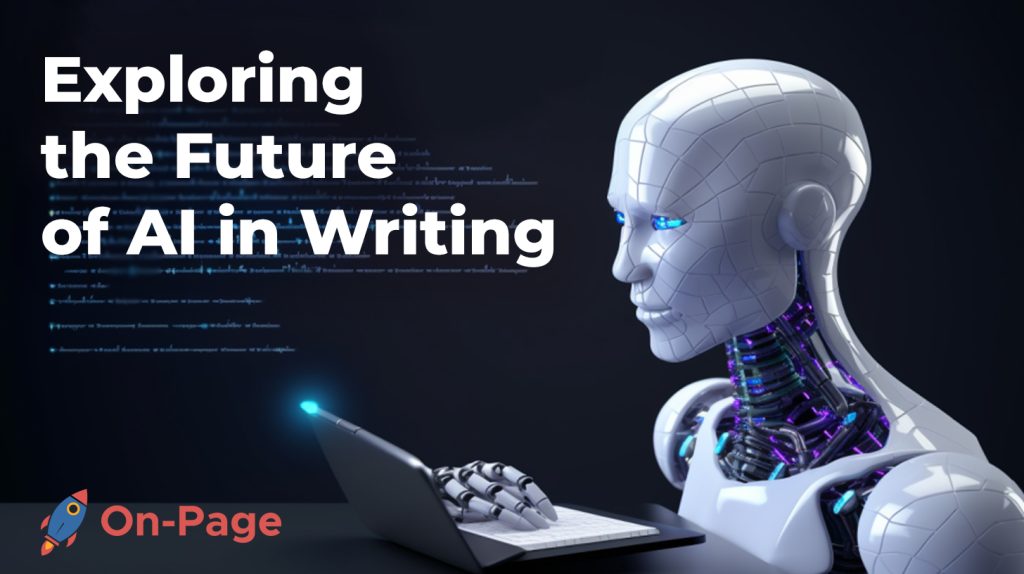In today’s rapidly evolving digital landscape, writer training is increasingly embracing artificial intelligence (AI). The integration of AI-generated briefs into training programs not only enhances traditional methods but also offers benefits that were previously difficult to achieve. With AI, writers can receive real-time feedback, streamline their productivity, and refine their skills in a collaborative environment. As a content creator or training manager, understanding how AI can support your writing team is essential. This guide will explore the potential of AI-generated briefs in writer training, examining benefits, challenges, and best practices for implementation.
Unlocking the Potential of AI Briefs in Writer Training
AI-generated briefs are reshaping how training programs approach skill development for writers. By providing detailed insights and suggestions, these tools help identify areas for improvement and encourage growth.
More organizations are adopting AI tools, which streamline the training process and allow for more personalized learning experiences. The trend of integrating AI into writer training programs is growing, with many educators and trainers realizing its potential.
The key advantages of using AI in writer training include enhanced feedback mechanisms, increased efficiency in content development, and the capability for tailored learning experiences. By harnessing the capabilities of AI, you can equip your team with the tools they need to elevate their writing skills and adapt to an ever-changing landscape.
Infographic showing the adoption rate of AI tools in educational training programs (Source: Global Market Insights)
Why AI is a Game-Changer for Writer Development
Incorporating AI tools into writer training yields multiple benefits, particularly in enhancing writing techniques and boosting productivity. A standout feature of AI-generated briefs is their ability to provide instant feedback, enabling writers to identify and correct issues in real-time.
Additionally, AI can significantly reduce time spent on mundane tasks such as spell-checking, formatting, or generating basic content. This allows writers to focus more on the creative aspects of their work. Through AI, collaboration among writers is also improved, as it facilitates comparative analysis of different writing styles and suggestions.
That said, it's crucial to approach AI use thoughtfully. While AI can improve individual creativity, there is evidence that it may reduce collective novelty if not used carefully. Engaging with AI tools through hands-on experiences is vital to maximizing their benefits in practical learning scenarios.

Chart comparing productivity levels before and after the implementation of AI in workplace writing tasks (Source: Nielsen Norman Group)
Navigating the Challenges of AI-Generated Training Content
Despite the advantages, the integration of AI-generated briefs also raises several challenges. One significant concern is the potential homogenization of content. When writers rely heavily on AI-generated briefs, the originality and diversity of ideas can suffer. This is problematic, as it may result in a lack of emotional depth and authenticity in writing.
Another issue is the risk of skill atrophy. If writers become overly dependent on AI tools for editing and content generation, they may neglect to develop essential writing skills independently. Moreover, ethical considerations involving plagiarism and the authenticity of AI-generated content need serious attention. Training programs must include discussions about responsible AI use to prepare writers for these challenges.

Visual metaphor depicting the balance required between AI intervention and traditional creativity in writing (Source: Stockcake)
Personalizing Writer Training with AI Tools
Customizing AI briefs to suit the specific needs of your writing team is crucial for maximizing their effectiveness. By recognizing the unique dynamics of your team, you can create a training experience that addresses individual talents and challenges.
Setting clear goals for training—whether improving technical skills or fostering creativity—is vital when implementing AI tools. Manual oversight of AI outputs can help maintain quality and ensure that the generated content aligns with your organizational objectives.
While implementing AI into your training comes with its setbacks, closely monitoring these elements will result in a more effective program that caters specifically to your team's needs.

Flowchart illustrating the operational steps necessary for personalizing AI training briefs for different writing teams (Source: MDPI)
Evaluating AI Writing Tools for Maximum Impact
With numerous AI writing tools available today, selecting the right ones for your training efforts is critical. Start by establishing evaluation criteria, including relevance, readability, creativity, and customization capabilities. These factors will help ensure that the selected tools align with your training goals and writing standards.
It’s important to recognize that AI writing tools differ significantly in terms of output quality. Thorough assessments of their effectiveness are essential for making informed decisions.
Research indicates that various popular AI tools provide distinct user experiences and outcomes, making careful comparisons necessary during selection.

Comparison chart detailing various AI writing tools and their core functionalities (Source: Lyon Content Agency)
Legal and Copyright Considerations in AI Training
As AI technology develops, understanding the legal implications of using AI-generated content in training is essential. For instance, current U.S. copyright laws generally state that AI-generated content does not receive copyright protection unless a human author contributes a creative element.
To navigate this landscape effectively, training programs should establish clear policies regarding AI use. This includes encouraging transparency among writers about how AI influences their work. Solid legal frameworks will help mitigate potential risks linked to AI-generated materials.

Timeline graphic outlining recent developments in copyright law related to AI content (Source: BDO)
Building a Future-Ready Writing Team with AI
To summarize, leveraging AI-generated briefs in writer training offers both opportunities and challenges. By balancing AI tools with human creativity, you can create an environment conducive to ongoing learning and adaptation. As AI technology evolves, maintaining a clear vision for the future of writing training will remain crucial.
Fostering collaboration among writers while using AI can lead to a more engaging and dynamic training process. By focusing on integration, evaluation, and adaptation of AI tools, you can support the growth of your writing team, positioning them for success in a digital-first world.

Image illustrating the potential future applications and implications of AI in writing (Source: On-Page AI)
In conclusion, blending AI technology with traditional writing training empowers writers and equips them for future challenges. As AI becomes an integral part of the writing process, proactive adaptation ensures that your training programs remain relevant and impactful. By following the guidelines and considerations outlined in this guide, you’ll be well on your way to enhancing your team’s writing capabilities in a technology-driven landscape.

Comments (0)
Sign in to participate in the discussion or .